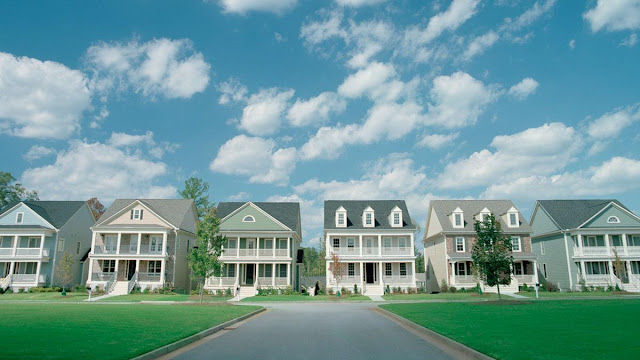The Suitability and Affordablity of Seniors Housing
By Kirsty Smith.
Disrupting the
seniors living sector
The housing crisis is affecting everyone, not just the Gen
Ys as popular media would have you believe. The housing crisis doesn’t just
relate to affordability but suitability. The established models of seniors
living and the way we think about, and design retirement living needs to be
turned on its head to address the social and economic challenges that an ageing
population is creating.
The typical models of seniors living developments have been
targeted at, and occupied over the last few decades by the “silent generation”,
those born pre 1946. Unlike the noisy boomers - Xers and Ys, they don't like to
make a fuss, they grew up in an era where they were told to be seen and not
heard. So much so, do people even know they exist? They lack online presence
that’s for sure! Is this the reason that the senior living sector has become
stagnant in recent years, lacking direction and innovation in design? If so
what is the future?
The baby boomers
are now entering the sector, these are the generation born in the decade following
the end of World War II. They are considered a generation who have "had it
all", cosseted by parents who experienced the Great Depression and raised
in the prosperous post-war era. Many benefited from free tertiary education and
relatively low housing costs. This is the generation that invented the
computer, the internet, the miniskirt, fought for women’s rights and
experienced cheap international travel for the first time. As Rebecca Wilson,
founder of online forum for over 60’s put it at the recent PCA Retirement Forum – “The Baby Boomer and war boomer
has changed and adapted like a chameleon throughout their life and retirement will
be no different”.
So how will these disruptive change makers effect the
seniors living sector? Firstly, they will expect the sector to adapt to them
not vice versa. So with that in mind the idea of co-design in new developments
is an obvious one. It makes sense to ask the people who will be living and
using the space to contribute to designing it.
A successful example of this is the new $1b retirement village
in southern Queensland by Aveo. They used recent research into the sector and
consulted with potential residents which led to the incorporation of a
childcare centre into the village. It follows similar examples from Europe,
where the many positive benefits of interacting with younger generations,
especially children, have been demonstrated in co-located aged care with
childcare or kindergartens. While this may not be the obvious choice for an
over 55s community, or right for every community, through co-design you can
work out what is.
The notion of co-design and getting resident input and buy
in upfront closely relates to shared values in aged care and looking past the
individual needs. Shared values encourage a sustainable market-based, consumer
driven aged care system. In an increasingly competitive marketplace, where
information and comparison is available at the click of a button, providers
need to change their additional offerings to residents, working to continuously
create more social value for residents, their families, the communities they
operate in and society as a whole.
We acknowledge that the seniors living sector is complex and
challenging. There are many people, processes, and policies in constant
evolution. However, co-design methods empower the consumer to define needs and
preferences. It also enables the various companies and influencers in and
around the care continuum to link services, innovate, evolve the market and
improve lives.
The above will help the sector shift from ‘what we can offer
you’ to more ‘look what we have created together’. What other initiatives could
this sector employ to ensure it is delivering what the market wants?
Additional reading:



Comments
Post a Comment